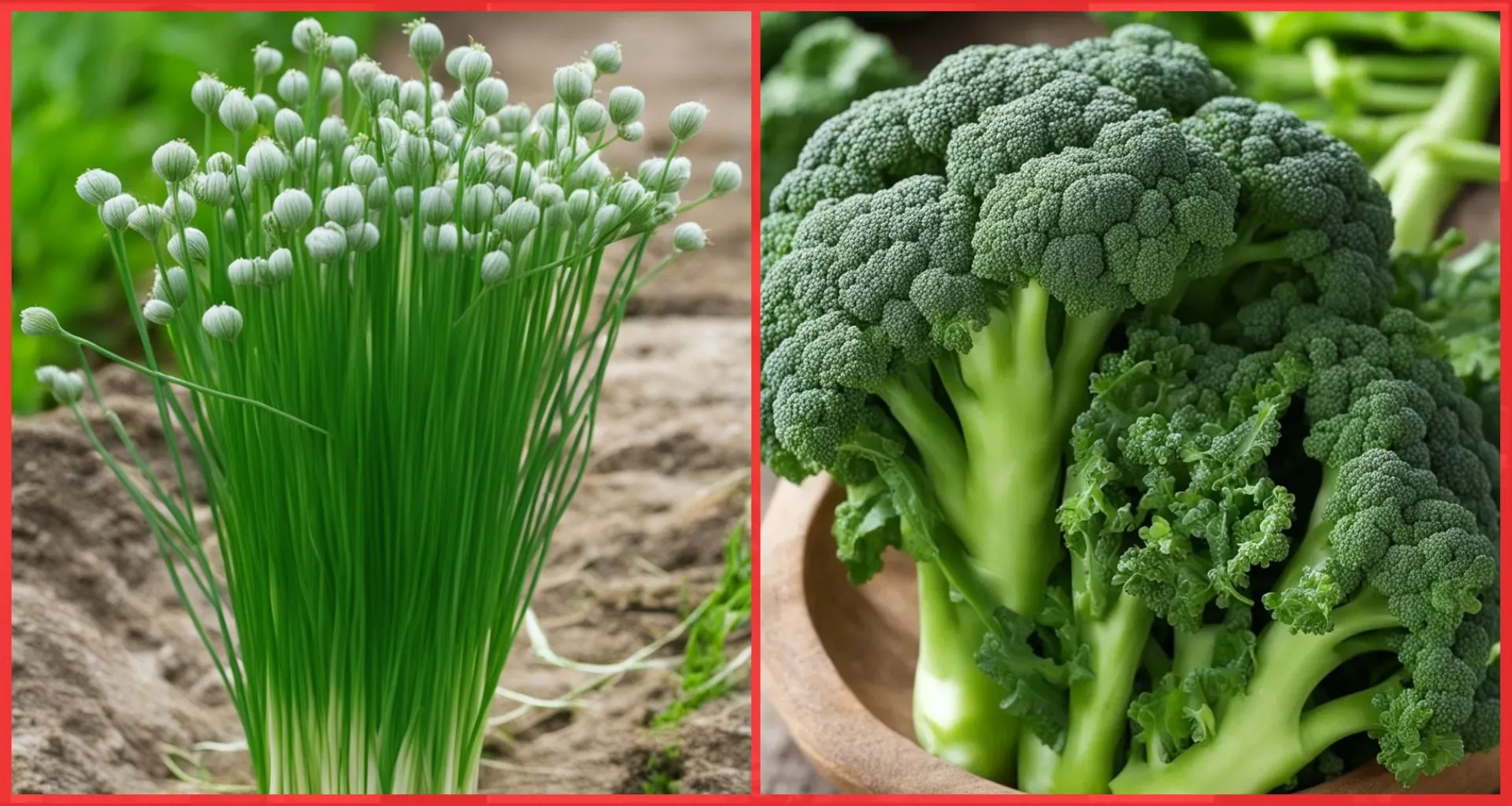If you’re tired of replanting your garden every season, it’s time to discover the magic of vegetables that keep growing back. Whether they’re true perennials that return year after year or regenerative annuals that re-sprout after harvest, these plants are a game-changer for sustainable gardening, cost-saving, and low-maintenance food production.
From leafy greens to root crops and herbs, we’ve rounded up 20 vegetables that just keep giving — so you can enjoy fresh produce with less work and more joy.
Let’s dig in!
Understanding Regenerative & Perennial Vegetables
Before we dive into the list, let’s clarify what it means for a vegetable to “keep growing back”:
- Perennial vegetables live for multiple years and regrow naturally each season.
- Regenerative or self-renewing vegetables may be annuals but can regrow from scraps, roots, or seeds without replanting.
Both types are fantastic for creating a thriving, eco-friendly garden that keeps producing with minimal effort.
Best Vegetables That Keep Growing Back
Asparagus
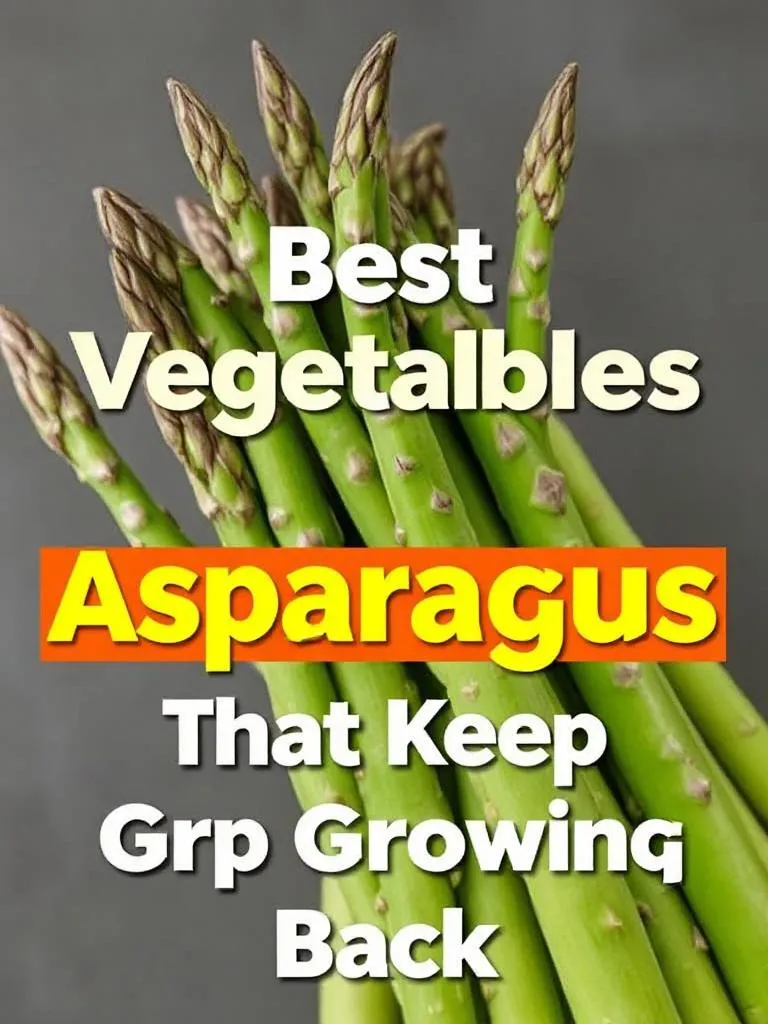
A true perennial superstar, asparagus crowns planted once can yield tender spears for up to 20 years. It goes dormant in winter and returns stronger each spring.
Tip: Don’t harvest heavily during the first two years to allow the plant to establish strong roots.
Rhubarb
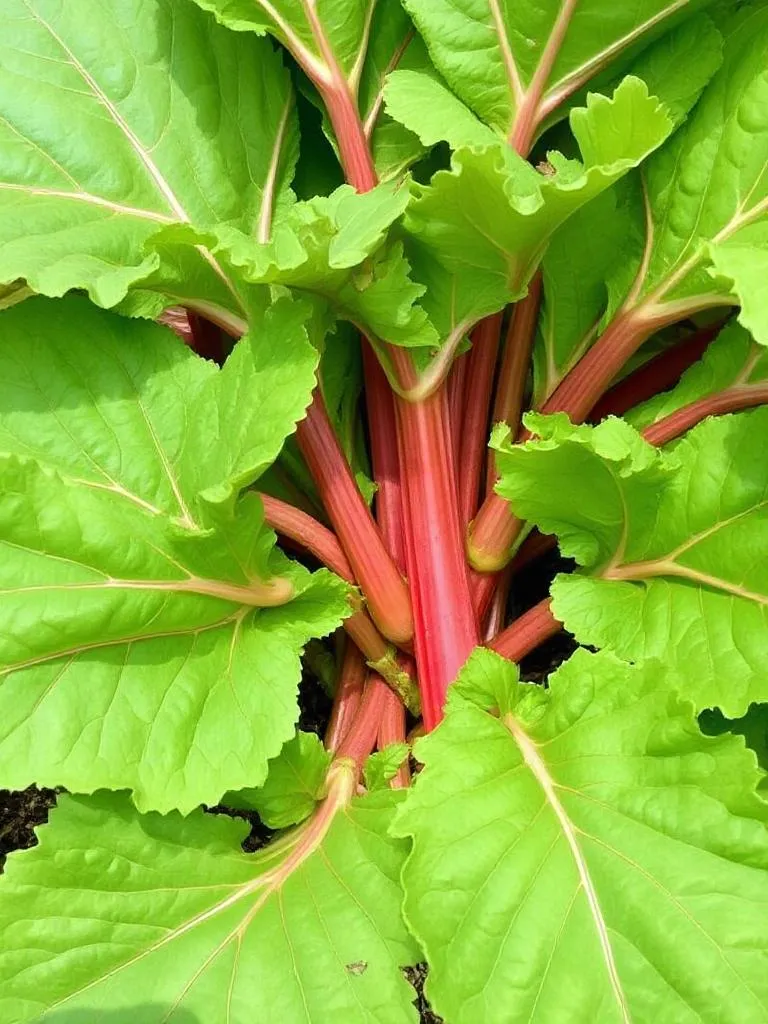
This tart, crimson-stalked plant thrives in cooler climates and comes back reliably every spring. While the leaves are toxic, the stalks make amazing pies and jams.
Pro Tip: Divide the plant every few years to encourage vigorous growth.
Egyptian Walking Onions (Topset Onions
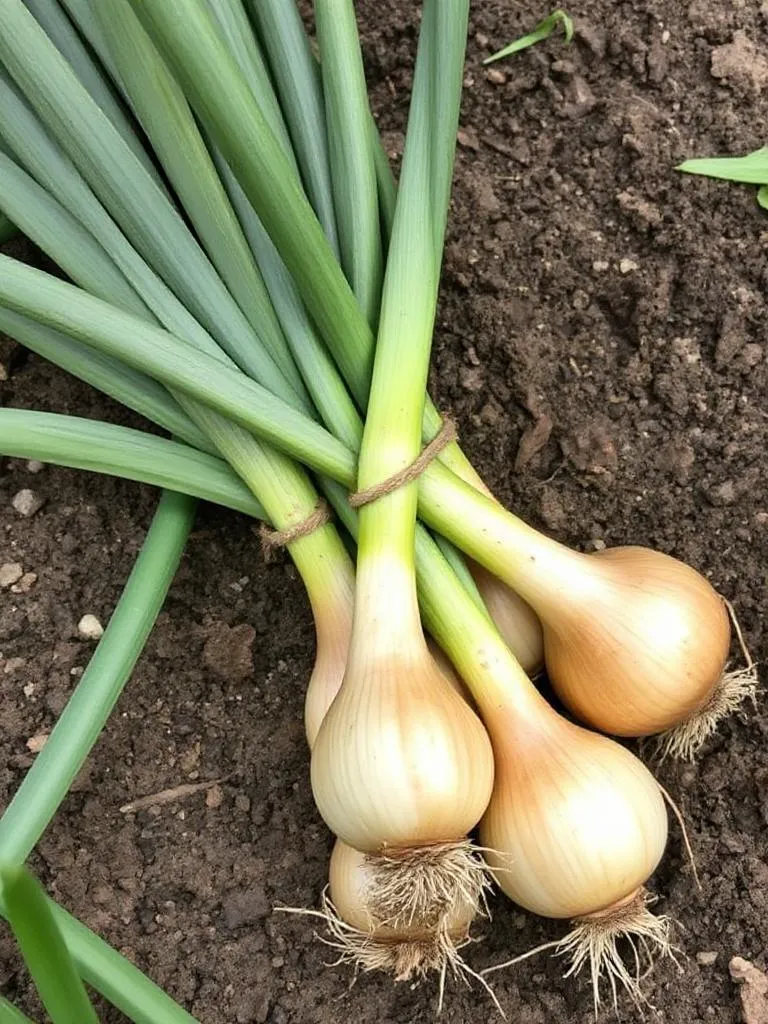
These quirky onions grow small bulbs at the top of their stalks. When mature, the bulbs fall to the ground and sprout new plants — literally “walking” across your garden.
Fun Fact: They’re also called “tree onions” due to their tall, layered appearance.
Horseradish
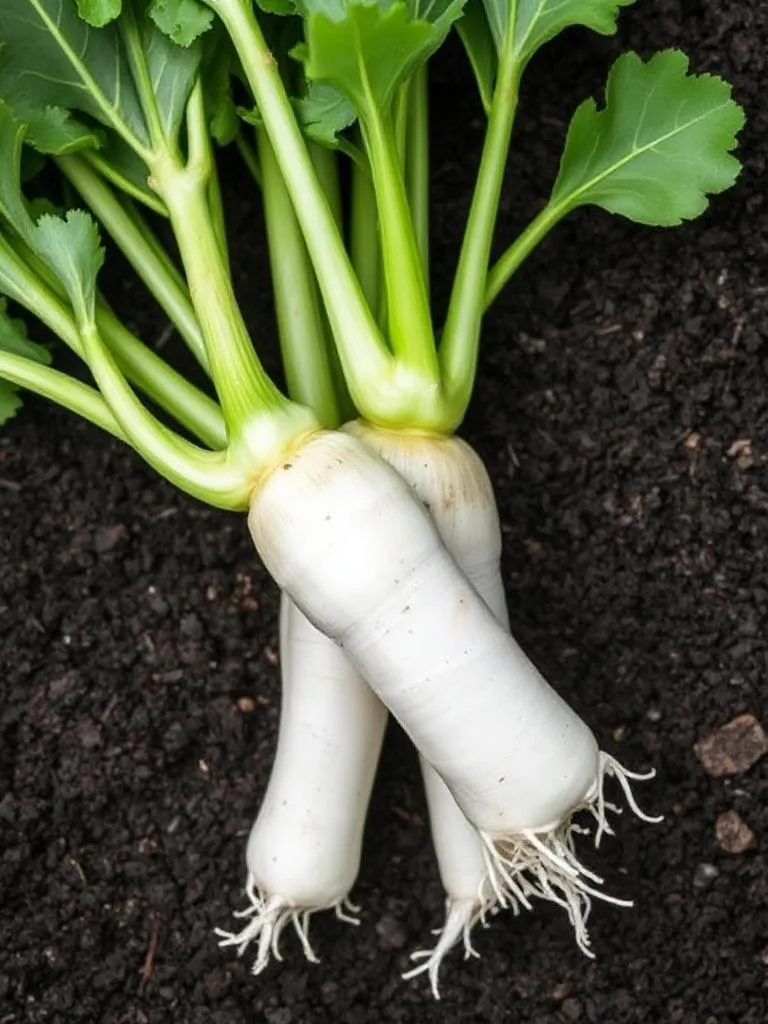
This spicy root crop is incredibly hardy. Once planted, horseradish spreads easily and regenerates each year — especially if you leave a bit of root behind.
Use It In: Homemade sauces, marinades, or condiments.
Chives

A favorite among herb lovers, chives are easy-care perennials that pop up every spring. Their mild onion flavor enhances salads, soups, and dips.
Bonus: Chive blossoms are edible and attract pollinators!
Kale (Cold-Hardy Varieties)
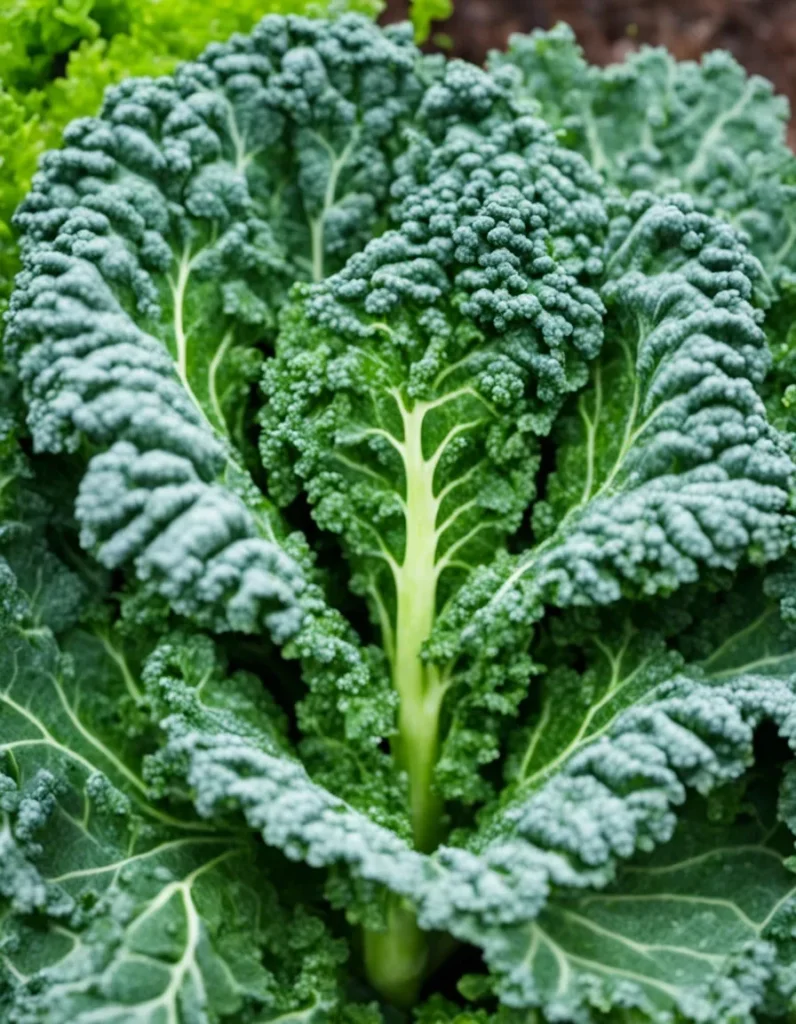
While most kale is grown as an annual, certain cold-tolerant varieties like Lacinato or Winterbor can survive light frosts and regrow in early spring.
Best For: Fall and winter gardens.
Swiss Chard
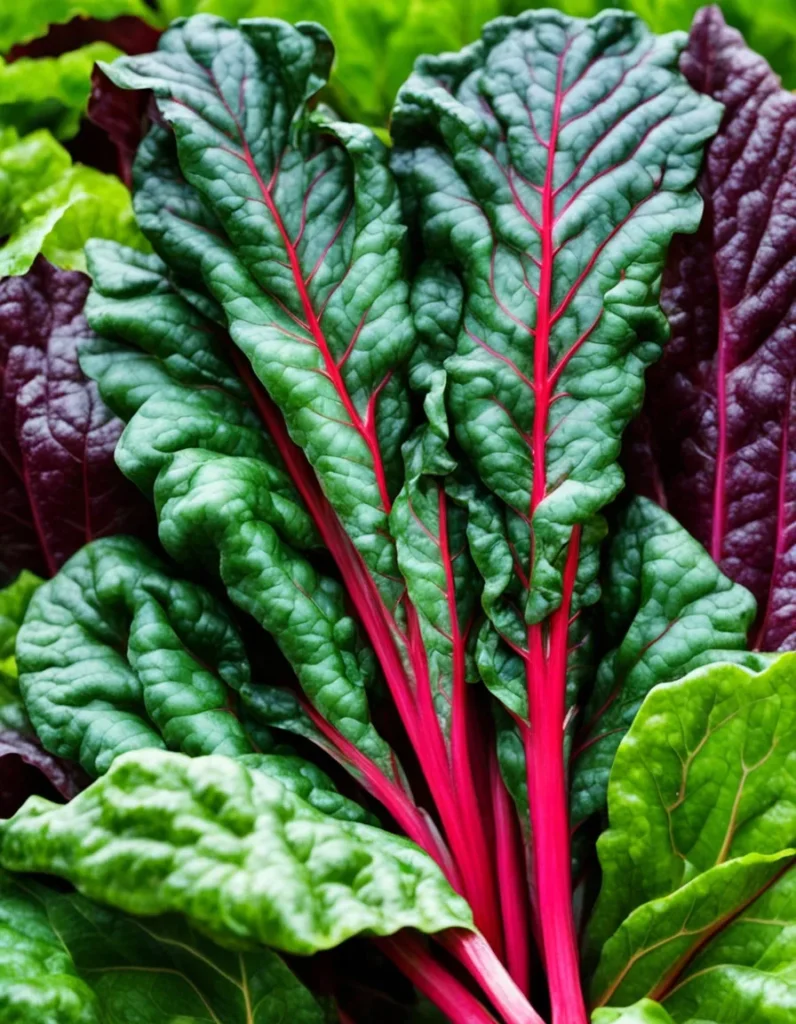
Technically an annual, Swiss chard often re-sprouts when left undisturbed. Its colorful stems and nutrient-rich leaves make it a garden staple.
Harvest Hack: Cut outer leaves to encourage continuous growth.
Collard Greens

These hearty greens can overwinter in milder climates and regrow in the spring. Like kale, they’re packed with vitamins and antioxidants.
Pair It With: Garlic, mustard, or a dash of vinegar for Southern-style greens.
Cilantro/Coriander
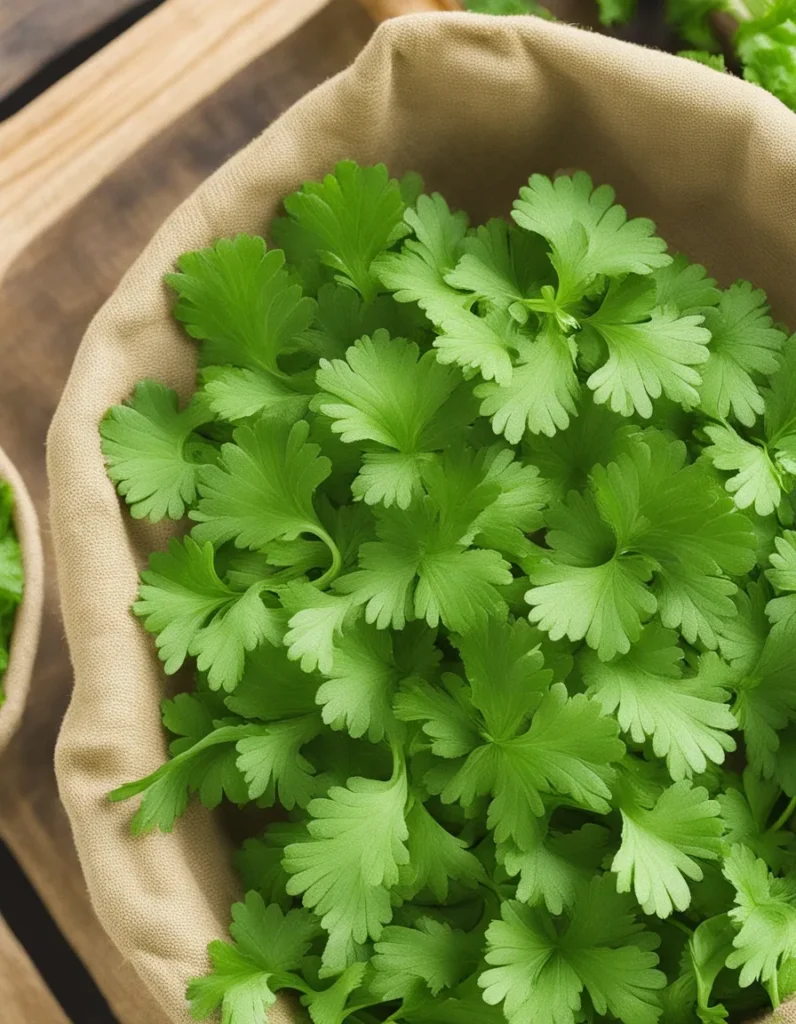
In warmer zones, cilantro often self-seeds. Let some plants go to seed, and new cilantro will return the next season — no replanting needed.
Note: Coriander seeds can be harvested and used as spice.
Carrots (for the Greens!)
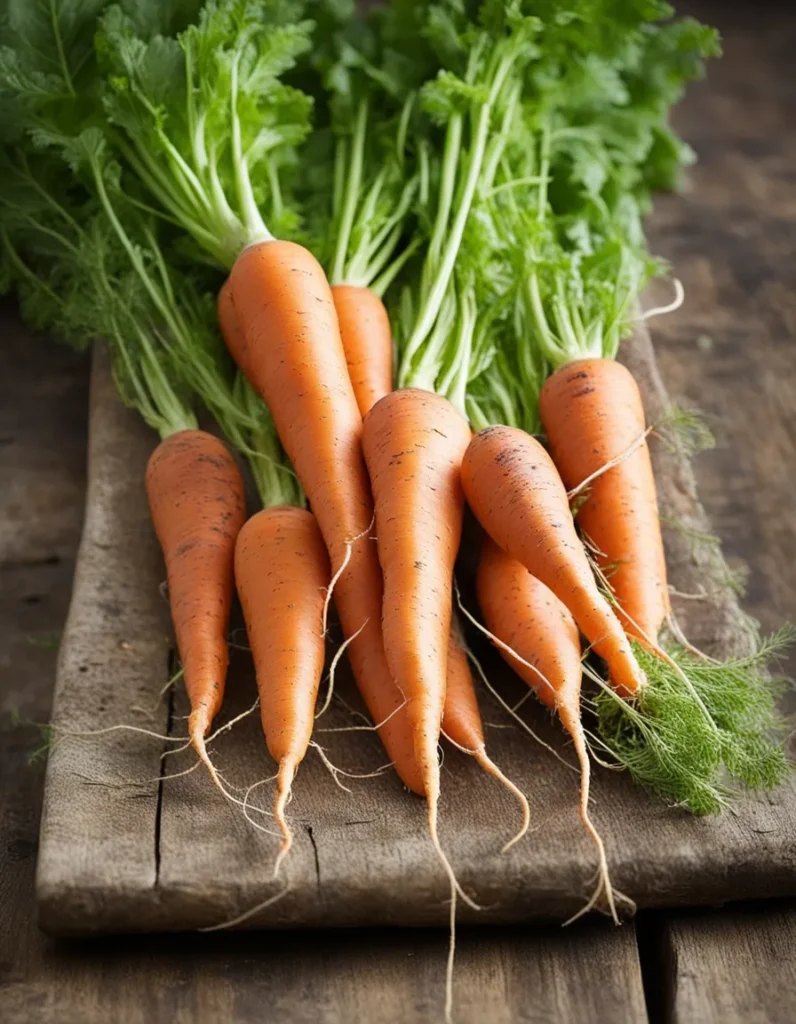
While the root doesn’t regrow, carrot tops can be regrown in water or soil for flavorful microgreens. Perfect for garnishes or pesto.
Try This: Place leftover carrot tops in a shallow dish of water and watch them sprout.
Lettuce (Cut-and-Come-Back Types)
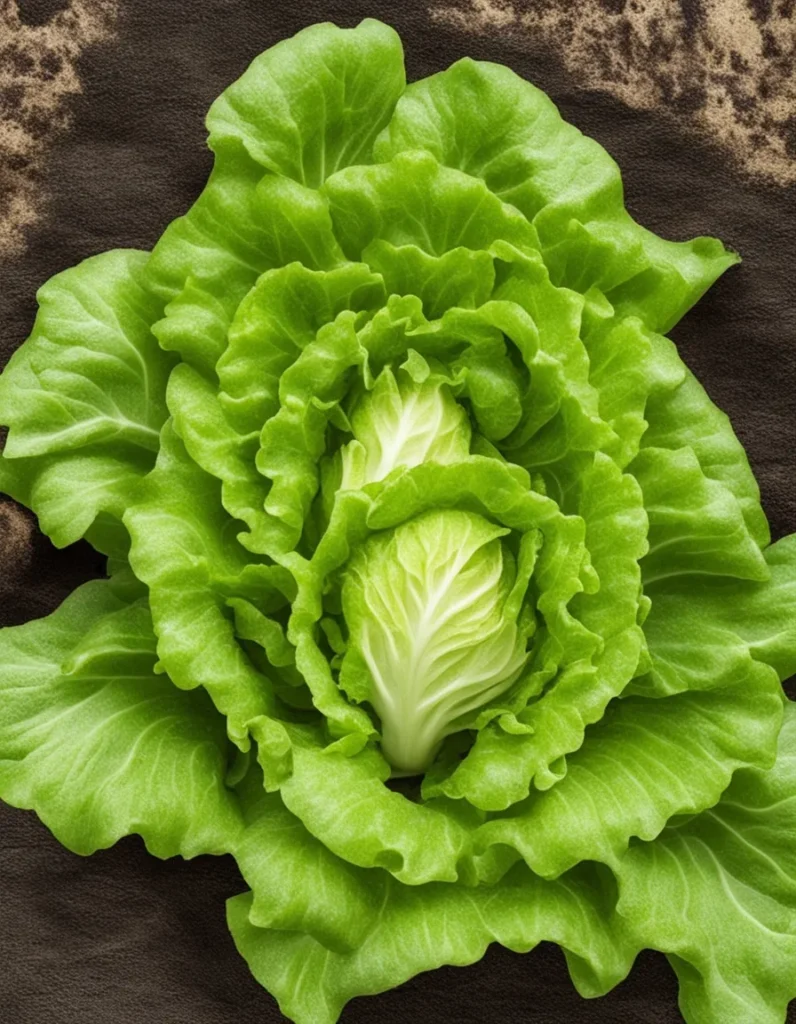
Certain loose-leaf and butterhead lettuce varieties regrow after cutting. Harvest outer leaves and let the center keep growing.
Perfect For: Continuous salad harvests throughout spring and fall.
Leeks
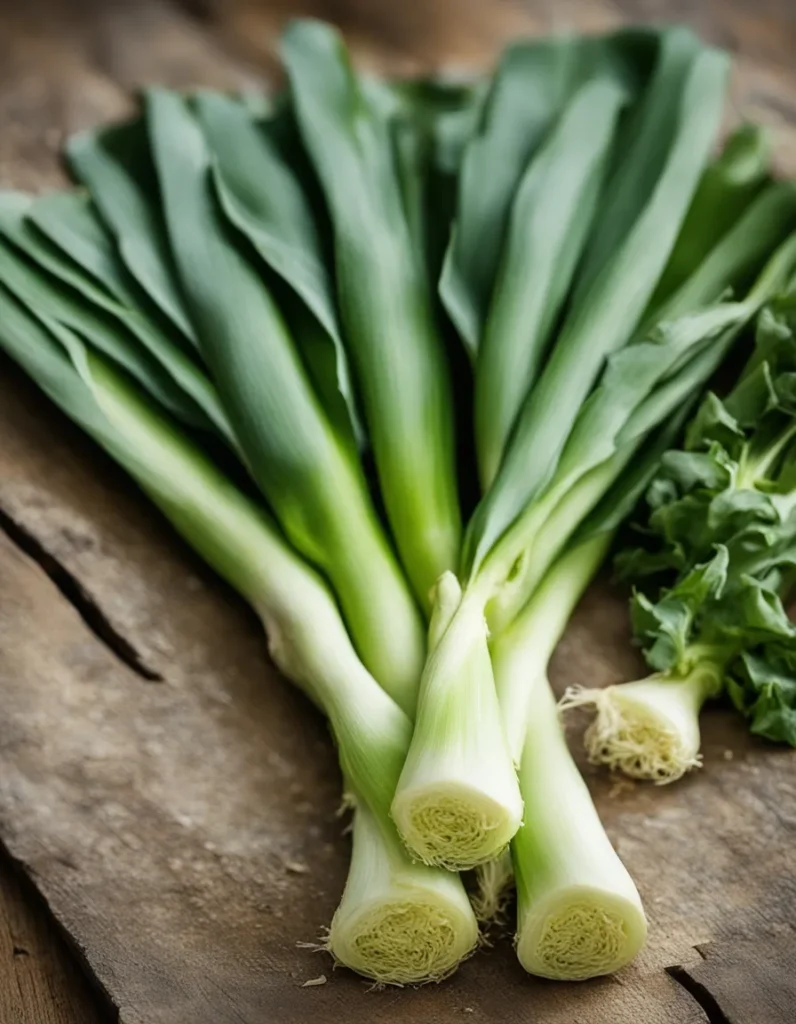
Hardy biennials in mild climates, leeks can regrow the following year if not fully harvested. They’re slower-growing than onions but full of flavor.
Grow Tip: Mulch well in winter to protect from frost.
Spinach
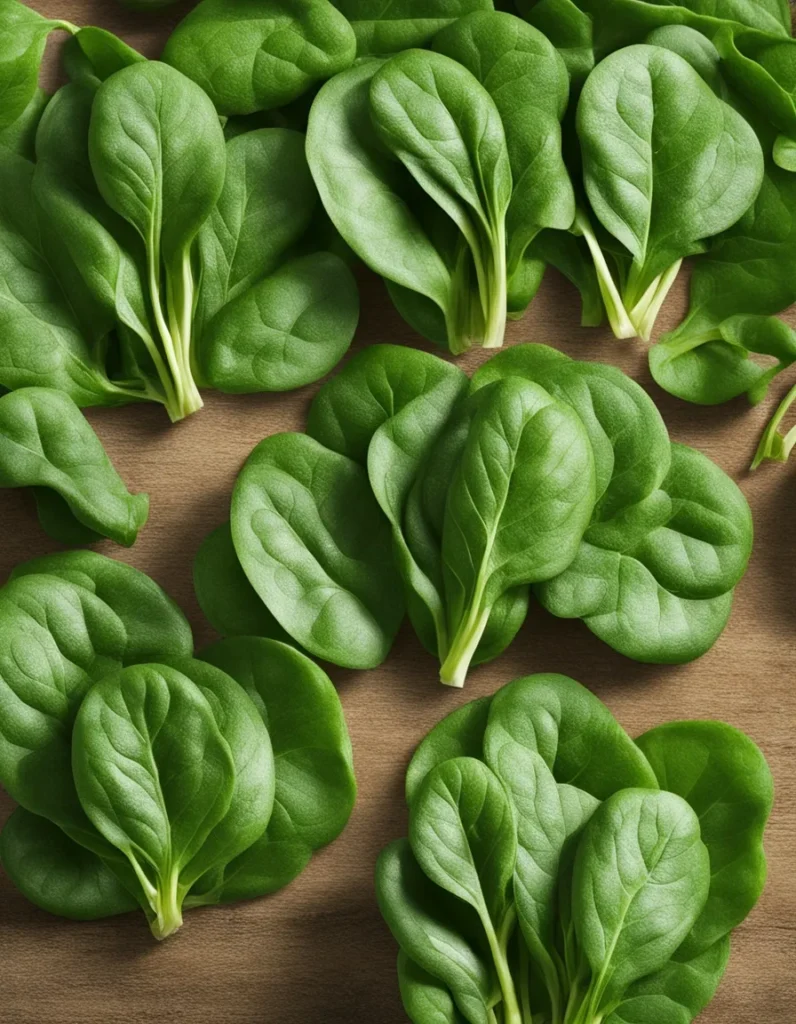
Pick spinach leaves at the base and new ones will grow back quickly. This fast-growing green thrives in cool seasons and regenerates multiple times.
Pro Tip: Sow successionally for a steady supply.
Peppers (Overwintered Indoors)
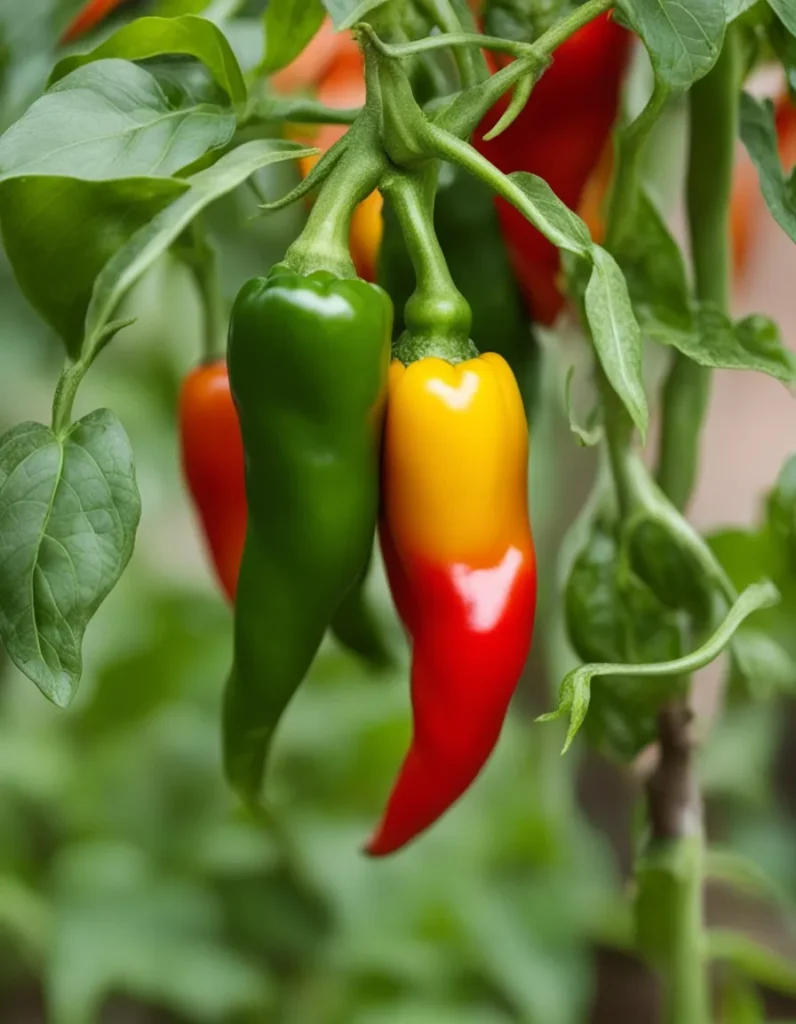
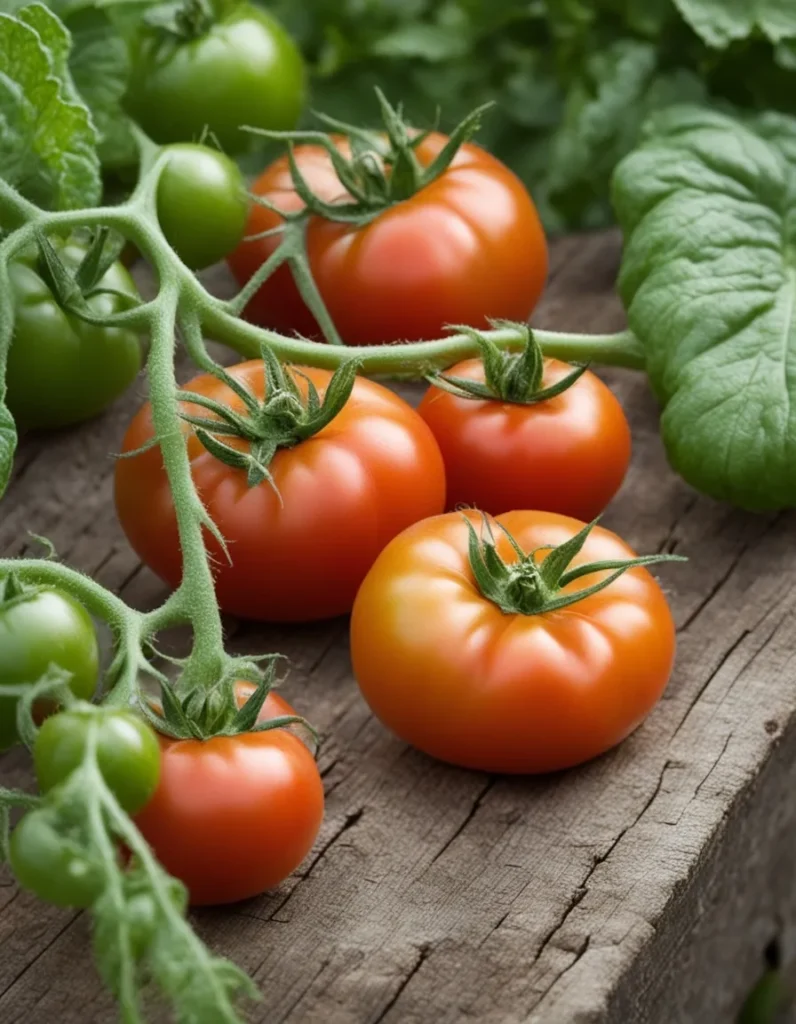
In tropical zones, peppers act like perennials. In colder areas, bring potted pepper plants indoors during winter to regrow the next season.
Best Bet: Bell peppers, jalapeños, and chili peppers all respond well to this method.
Tomatoes (in Frost-Free Zones)
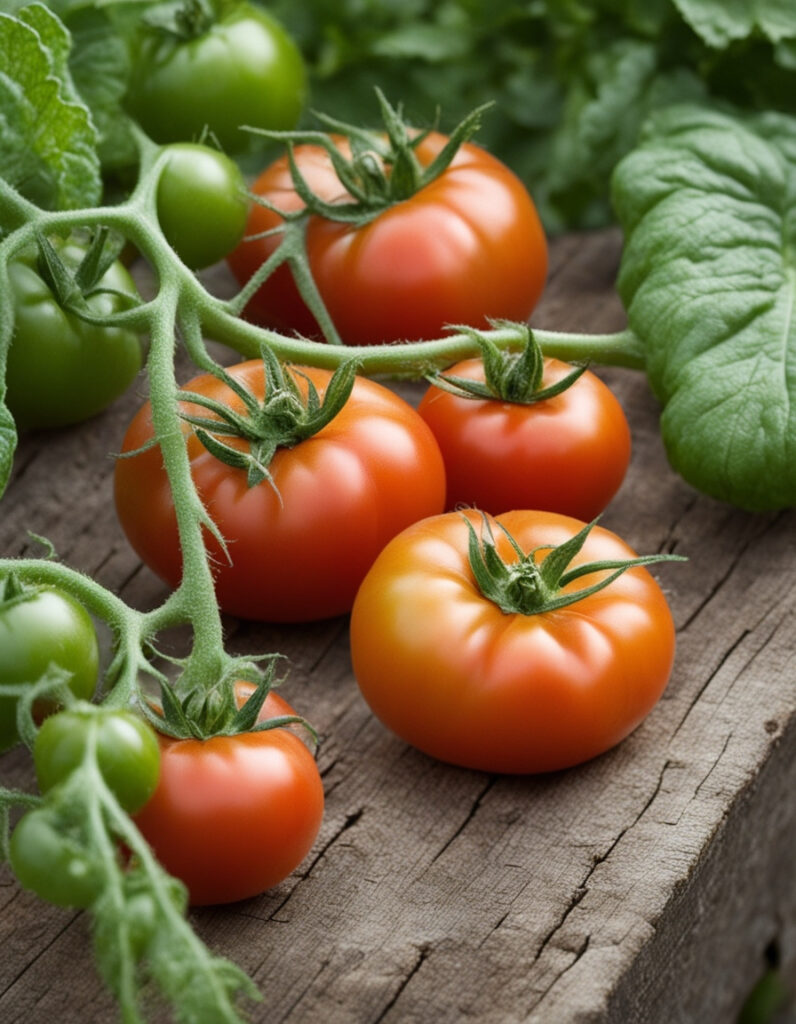
In warm climates, tomatoes can grow as shrubs for several years. Some gardeners even train them into small trees for continuous fruiting.
Warning: In cooler regions, treat them as annuals unless you have greenhouse space.
Broccoli Raab / Rapini
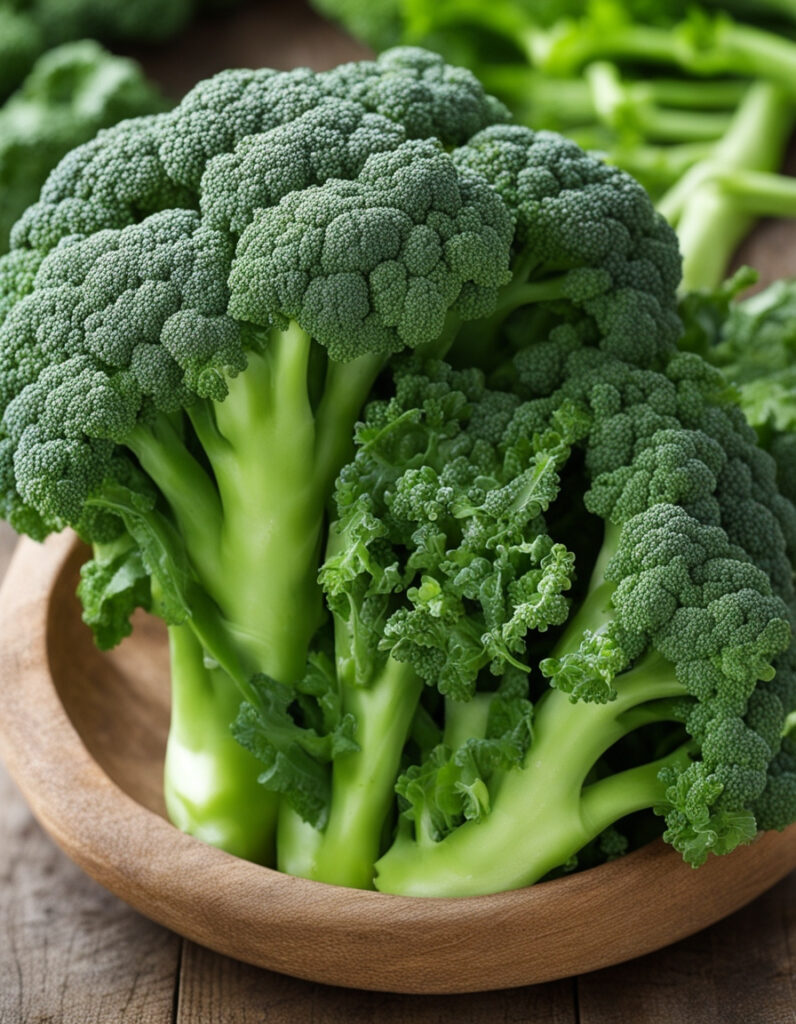
Also known as Italian broccoli, rapini re-sprouts after the first harvest. Unlike regular broccoli, it produces many small side shoots instead of one large head.
Flavor Profile: Bitter, nutty, and delicious sautéed with garlic.
Artichokes
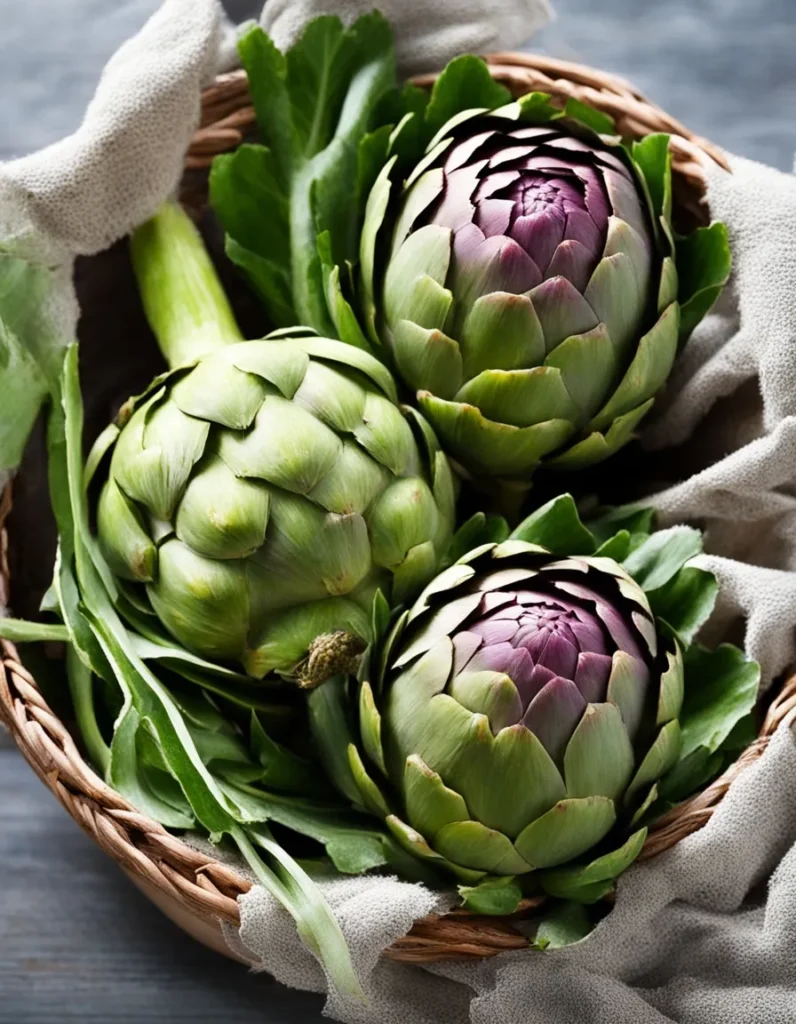
True perennials in mild climates, artichoke plants produce buds for several years. They’re stunning in the garden and delicious on the plate.
Plant Tip: Choose varieties like ‘Green Globe’ for best results.
Garlic Chives
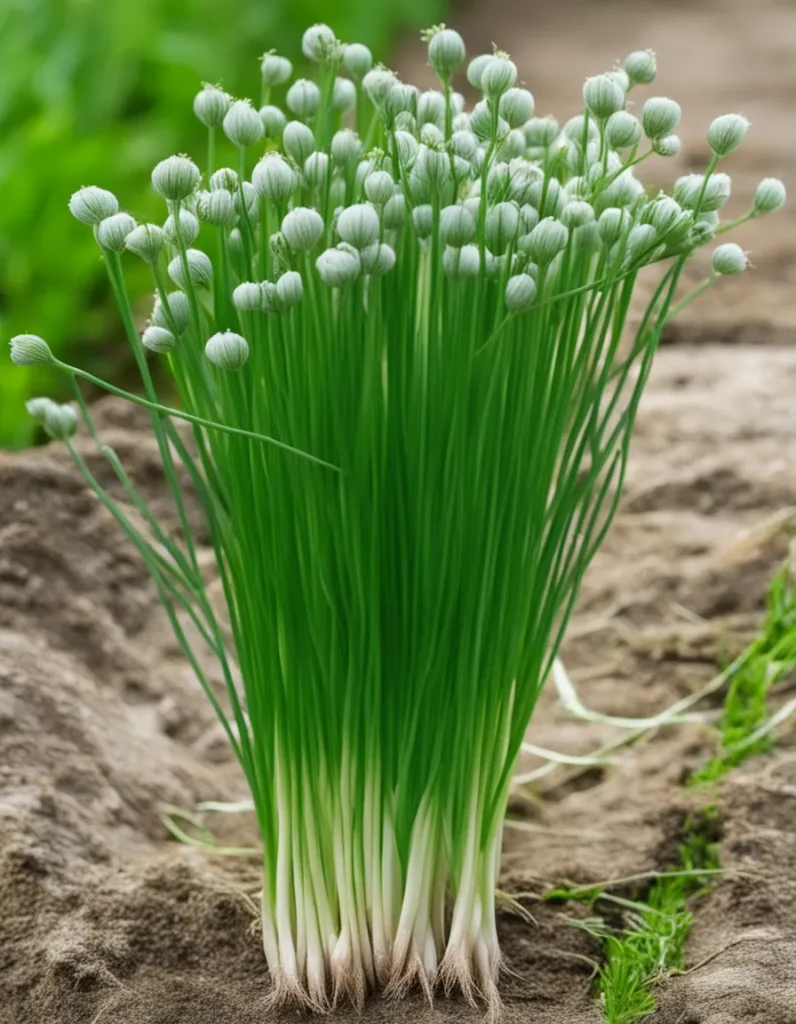
More robust than regular chives, garlic chives come back yearly and spread gently through the garden. Their flat leaves add a garlicky kick to dishes.
Use It In: Stir-fries, dumplings, or herb-infused oils.
Potatoes (Volunteer Plants)
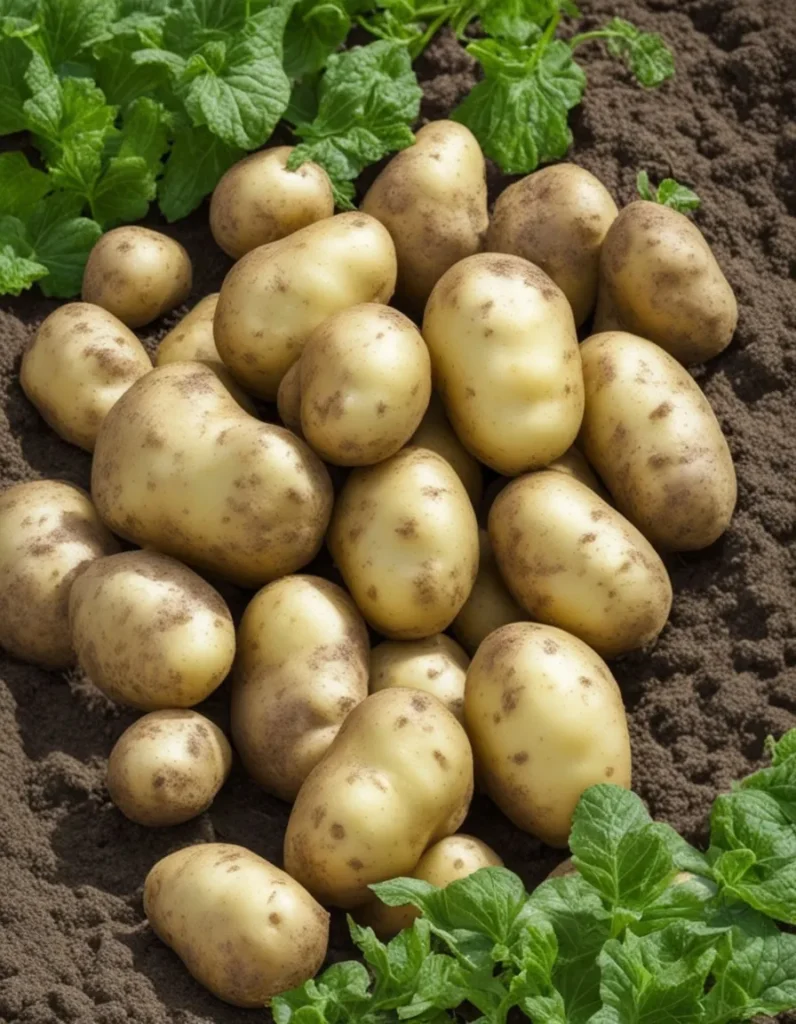
Leftover tubers often sprout volunteer potato plants the next season. While not intentional perennials, they can surprise you with free crops.
Caution: Be mindful of blight and rotate planting spots annually.
Green Onions / Scallions

Place the white root end in water or soil, and within days, new green shoots will appear. An easy way to maintain a constant supply.
Kitchen Hack: Grow in a sunny windowsill for year-round access.
Tips for Maximizing Growth & Longevity
- Soil Prep: Use compost-rich soil for strong root development.
- Mulching: Protect roots from extreme temperatures and retain moisture.
- Harvest Smartly: Cut above the crown or leave part of the root to ensure regrowth.
- Companion Planting: Pair with beneficial plants to boost growth and deter pests.
- Seed Saving: Allow some plants to go to seed for natural regrowth.
Final Thoughts
Gardening doesn’t have to mean starting from scratch every season. By choosing vegetables that keep growing back, you’ll save time, money, and resources while enjoying fresh, homegrown food all year round.
Whether you’re a beginner or a seasoned gardener, these 20 regenerative and perennial veggies offer a path to a more sustainable, resilient garden — and a tastier table.
So go ahead, plant once, and reap the rewards again and again!
